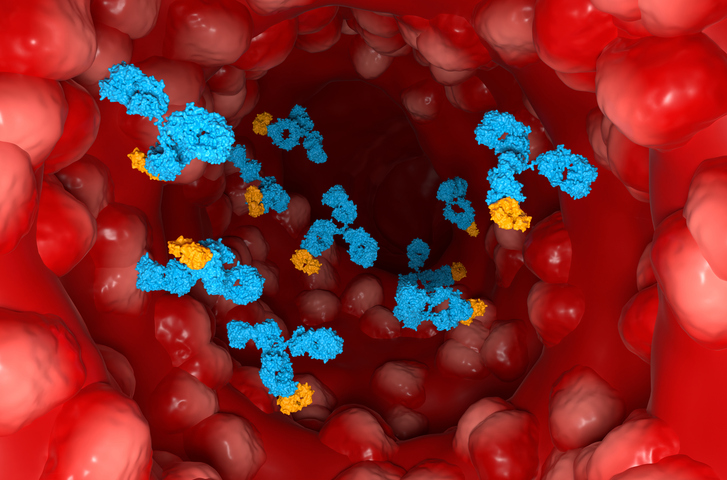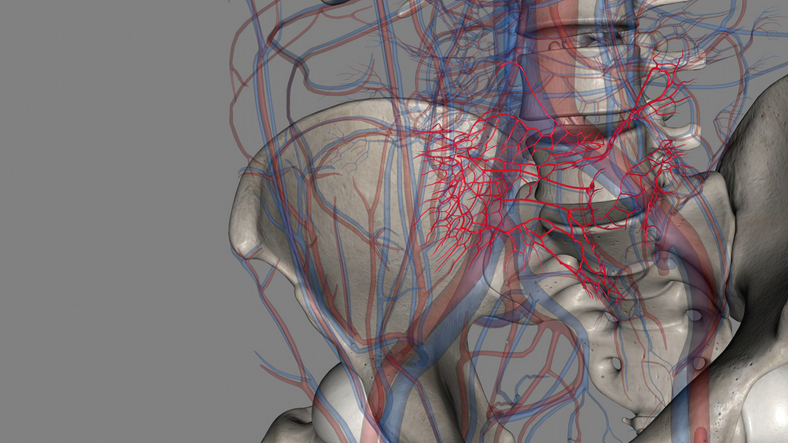
Researchers developed a machine learning model (ML) model that can distinguish between Crohn disease (CD) and intestinal tuberculosis (ITB). Their findings were published in the Journal of Multidisciplinary Healthcare.
CD, a complex chronic inflammatory gastrointestinal condition, and ITB share many clinical features. “Distinguishing these 2 diseases can be complicated. [Inflammatory bowel disease (IBD)] diagnosis is especially difficult at hospitals lacking medical resources and staff. This situation is even worse in some developing and newly industrialized countries,” the researchers noted.
Recently, ML has emerged as a promising diagnostic modality in gastroenterology. Based on clinical data, ML methods are able to predict upper gastrointestinal bleeding and gastric cancer risk in certain patients and can outperform traditional statistical models for risk prediction in patients with IBD. However, few studies have investigated the differentiation between CD and ITB or assessed ML models in real-world clinical practice.
Researchers analyzed data on 241 patients and 51 parameters. They tested 6 ML methods, including logistic regression, decision tree, k-nearest neighbor, multinomial NB, multilayer perceptron, and XGBoost. SHAP and LIME were subsequently introduced as interpretability methods.
XGBoost demonstrated the best performance among the 6 ML models, with a diagnostic area under the receiver operating characteristic curve and accuracy of 0.946 and 0.884, respectively. The investigators observed that the top 3 clinical features affecting the ML model’s result prediction were T-spot, pulmonary tuberculosis, and onset age. Overall, the ML model’s accuracy, sensitivity, and specificity in clinical practice were 0.860, 0.833, and 0.871, respectively.
“The proposed model may greatly reduce the burden on doctors, relieve the suffering of patients, and improve the ability to identify ITB and CD in primary hospitals,” the researchers concluded.







 © 2025 Mashup Media, LLC, a Formedics Property. All Rights Reserved.
© 2025 Mashup Media, LLC, a Formedics Property. All Rights Reserved.